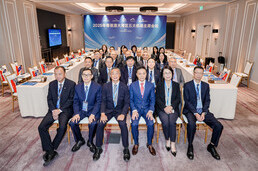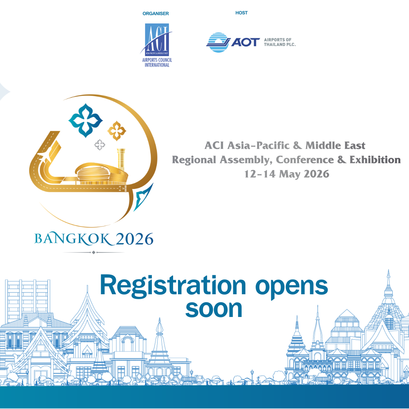
The columns of Navi Mumbai International Airport: A Lotus in steel and glass redefines India’s aviation future
- 2025-10-02
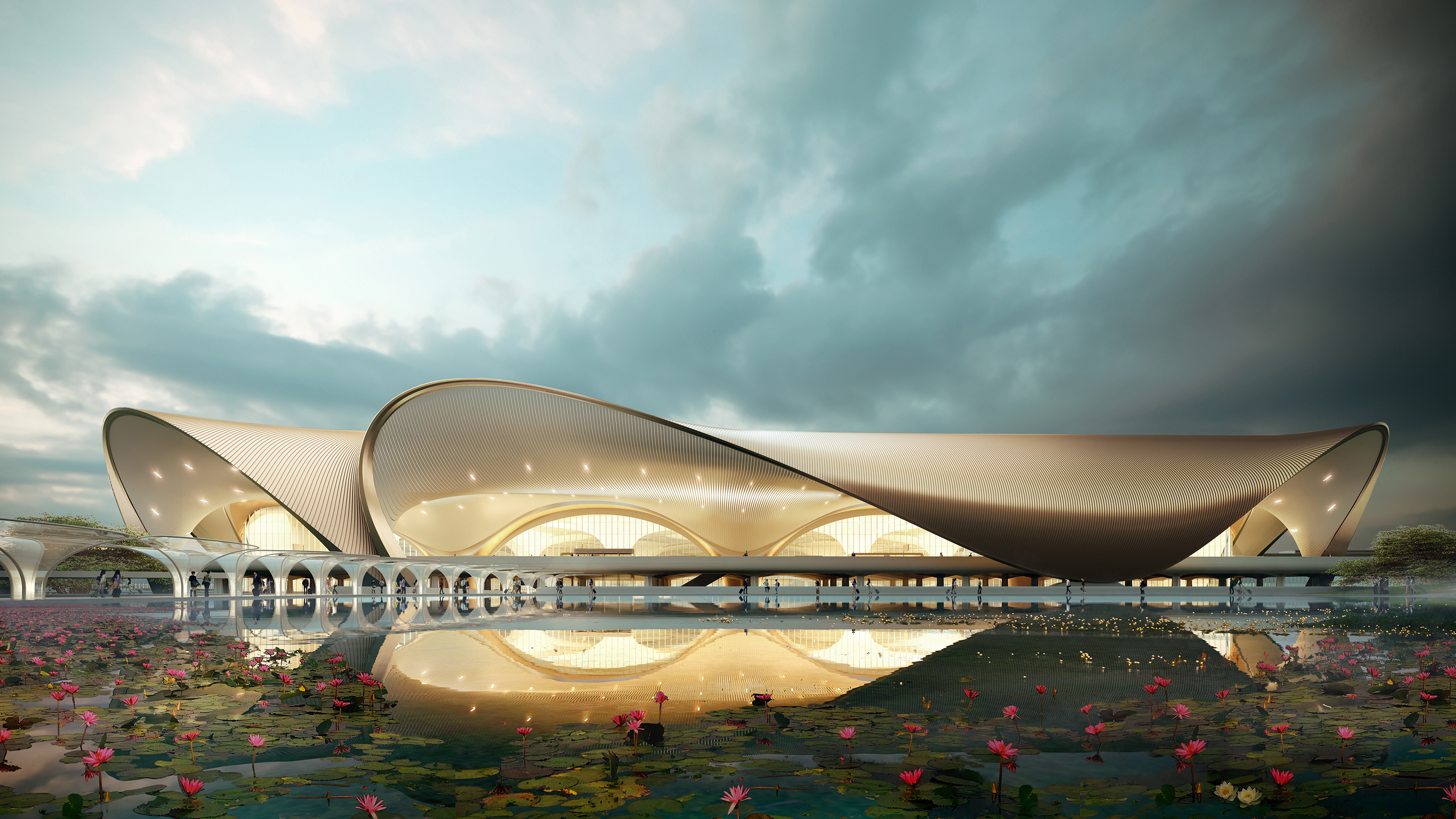
As the excitement reaches a fever pitch over the upcoming inauguration at the end of September, Navi Mumbai International Airport (NMIA) is more than a new gateway for Mumbai and Maharashtra: it is a cultural and engineering landmark. With its lotus-inspired roof, sculptural columns and structural rhythm, the airport fuses symbolism with precision, offering India a new architectural icon in aviation.
When the Navi Mumbai International Airport (NMIA) is inaugurated at the end of September, it will represent far more than just another addition to India’s aviation network. NMIA emerges as a landmark where engineering precision meets cultural expression, with design woven into the very fabric of the terminal. While its lotus-inspired architecture draws immediate attention, the terminal embodies more than symbolic reference to India’s national flower. It is a space crafted for operational efficiency, passenger experience and enhanced global connectivity.
The lotus metaphor came alive in the hands of Zaha Hadid Architects (ZHA), renowned for their organic and futuristic approach to design. For ZHA, the lotus was not an ornamental flourish but a guiding structural principle. Its layered unfolding inspired sculptural columns, its petals evolved into roof canopies and its balance of delicacy and resilience shaped the terminal’s architectural vocabulary.
At the heart of this design narrative are the 12 sculptural feature columns—anchors that rise like unfurling petals. Hollowed to allow daylight to cascade through, they channel natural illumination into the terminal, creating dynamic patterns that shift with the sun’s movement. These columns are more than visual statements; they guide passenger circulation, establishing a rhythm through the concourse reminiscent of temple halls where structural supports also conveyed symbolic meaning. The result is orientation, calm and an unmistakable sense of place.
Supporting this expressive framework are the 17 mega columns—the unseen giants carrying the immense weight of the lotus roof canopies. Engineered to withstand seismic shocks, high wind pressures and heavy loads, these columns enable wide spans without intrusive mid-concourse obstructions. For passengers, the effect is transformative: vast open spaces, seamless sightlines and unobstructed circulation.
In design terms, the mega columns ensure the lotus roof canopy appears to ‘float’ above the terminal, much like petals poised over still water. Together, the feature columns and mega columns form a dual system: one expressive and another structural. Their dialogue is what sets NMIA apart—a terminal that blends bold symbolism with robust engineering.
Yet translating this vision into reality posed enormous challenges. The curving, layered form of the petals defied the simplicity of rectilinear trusses. Each petal required bespoke moulds, modular prefabrication and millimetre-level precision. Construction became a delicate ballet of cranes, welds and reinforced concrete, each component lifted and placed with painstaking accuracy. To the naked eye, the visual effect is graceful and fluid; beneath the surface, it is the product of rigorous engineering discipline.
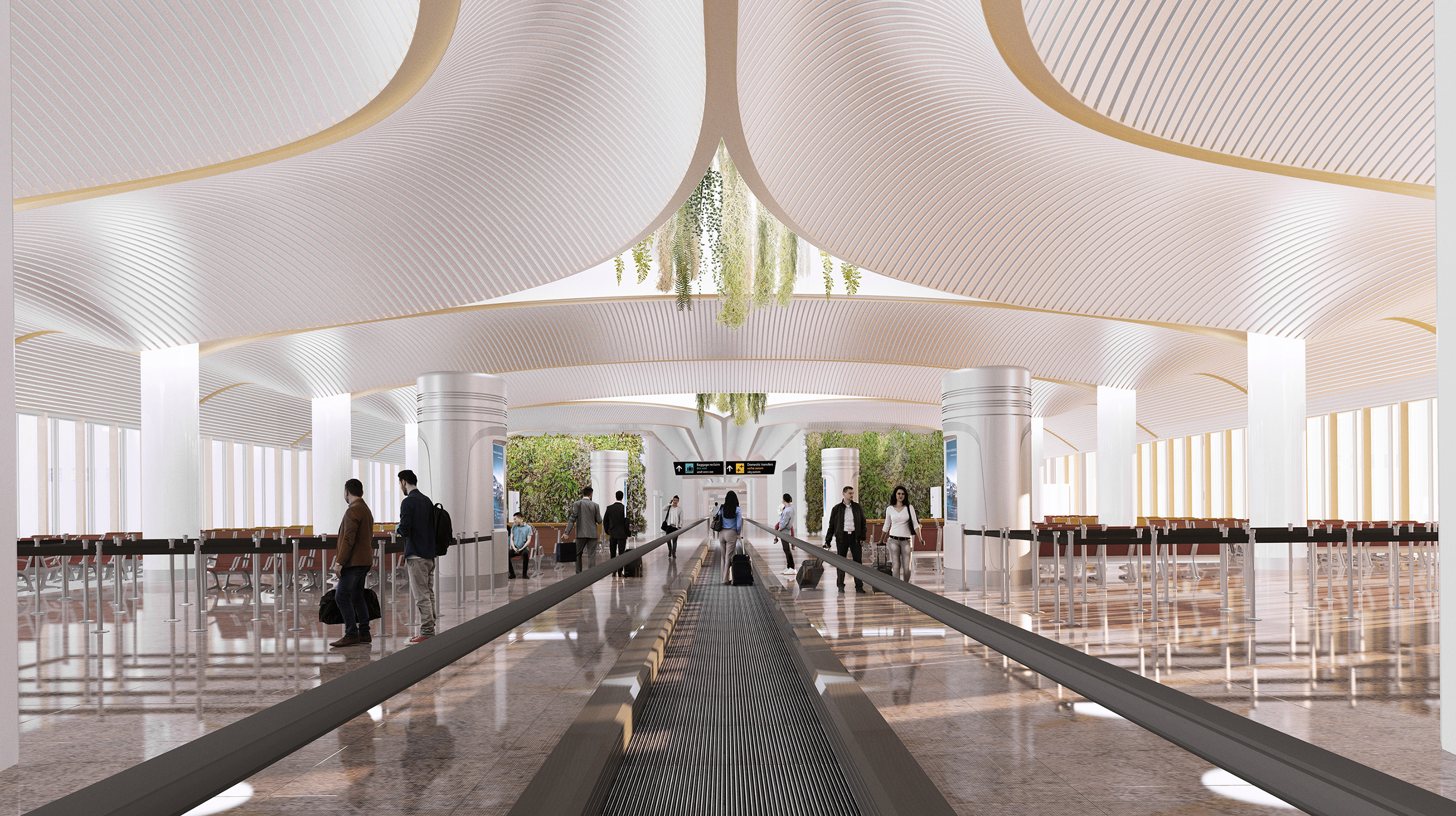
The petals also serve critical functions. Their slopes reduce wind resistance, their curves channel monsoon rainwater efficiently and skylights embedded between them scatter natural illumination like ripples across a pond. What appears to be a poetic metaphor is, in fact, a performance-driven design, where aesthetics and engineering converge seamlessly.
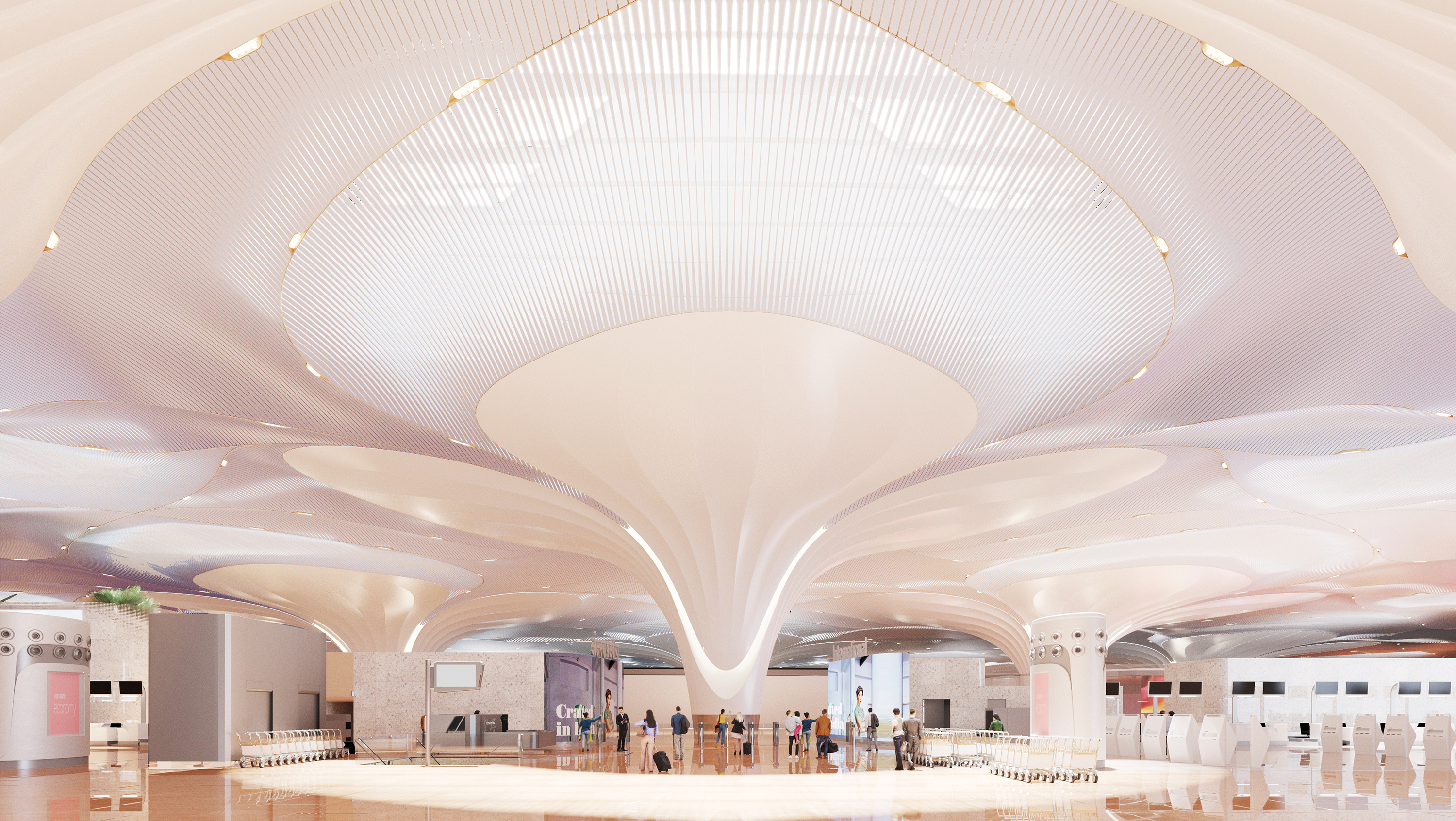
Light is central to the airport’s design. Skylights between petals act as apertures, while the hollowed feature columns diffuse and animate daylight. Passengers moving through the concourse will feel the terminal alive with changing patterns, its atmosphere more ceremonial than industrial. In this interplay of light and structure, NMIA challenges the global norm of airports as sterile, utilitarian spaces.
The symbolism of the columns runs deep in India’s architectural tradition. From the mandapas of temples to the cavernous halls of Ajanta and Ellora in Aurangabad, Maharashtra, columns have always been carriers of narrative, orientation, and cosmic order. At NMIA, the 12 feature columns suggest unfolding petals, while the 17 mega columns serve as the invisible roots. Passengers may not consciously notice their number, but they will instinctively sense the rhythm, order and reassurance embedded in the architecture. The airport transforms cultural motifs into structural logic—creating spaces that are at once efficient and emotionally resonant.
This is the essence of NMIA’s achievement: it demonstrates that infrastructure can transcend utility. Its columns prove that structural engineering can also be cultural expression. The dialogue between mega columns and feature columns produces a terminal that is efficient, resilient, and safe, while remaining poetic, symbolic and memorable. Beneath its lotus-shaped roof, NMIA offers not just a transit hub but a declaration of ambition and identity.
In India’s rapidly expanding aviation landscape, NMIA sends a clear message: airports can embody innovation and identity simultaneously. With the capacity to handle the world’s largest aircraft and passenger flows in the tens of millions, it is designed for operational excellence and global connectivity. Yet it is also rooted in cultural memory, drawing from motifs that resonate with India’s architectural traditions.
As Mumbai prepares to welcome its second international airport, the city also welcomes a new icon of design. NMIA is not merely infrastructure—it is a vision realized in steel, glass, and light. Beneath its soaring petals and sculpted columns lies a story of resilience, renewal, and aspiration. For passengers, the airport will be a portal to destinations across the globe; for India, it will be a symbol of confidence, creativity, and cultural pride.
So, from the sacred lotus rises a new sanctum of flight. Its columns echo the mandapas of India’s timeless halls, its petals recall resilience etched in our heritage. NMIA is not merely transit—it is a temple of journeys, where tradition and technology ascend together. As the lotus blooms anew in Navi Mumbai, unfurling not in water, but in steel and glass—an enduring emblem of India’s aviation future.



